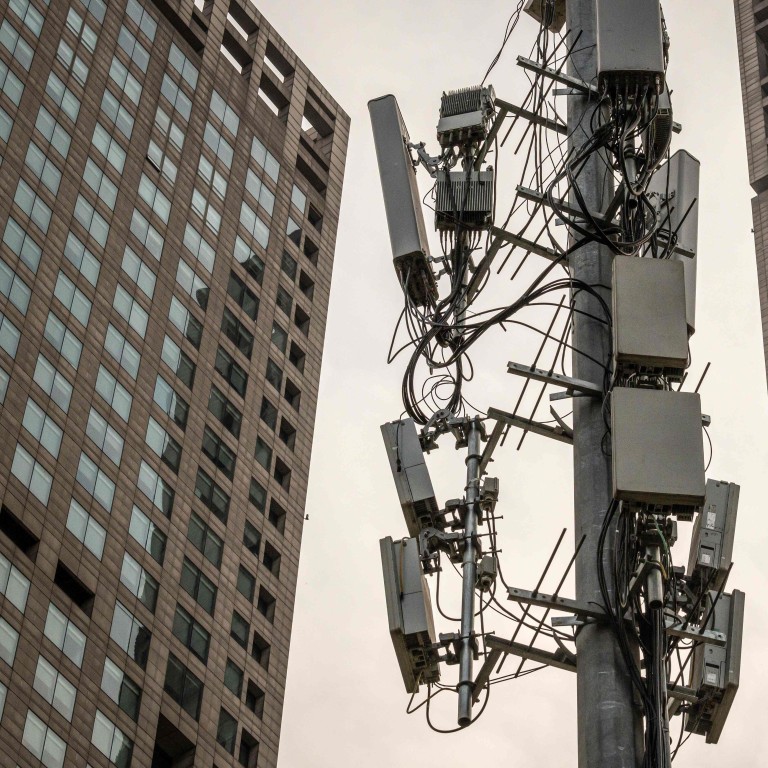
China ministry backs pilot 5G-based smart transport system in Changsha
- Other goals are to develop equipment so vehicles can communicate with roadside infrastructure and to encourage the Changsha’s buses and taxis to install them first
- Using high speed 5G networks, C-V2X enables the exchange of information among vehicles, pedestrians and roadside communications infrastructure
China’s Ministry of Industry and Information Technology said it will support the city of Changsha in Hunan province in establishing a pilot zone for a 5G-based smart transport system.
The initial goal will be to deploy a cellular-based vehicle-to-everything network (C-V2X) along highways and public roads in the capital city of Hunan province, according to a statement issued by MIIT on Monday.
The ministry statement did not elaborate on how it would support the roll out, but said other goals were to develop equipment so vehicles can communicate with roadside infrastructure and to encourage the city’s buses and taxis to install them first.
Using high speed 5G networks, C-V2X enables the exchange of information among vehicles, pedestrians and roadside communications infrastructure with the goal of improving road safety and the efficiency of traffic flow.
The move comes as China doubles down on efforts to build digital infrastructure based on 5G and internet data centers. The China Broadcasting Network was launched in Beijing on Monday, becoming the country’s fourth telecom operator and adding to the country’s existing push to build out a nationwide 5G network. More than 480,000 5G base stations have already been completed in China this year, according to MIIT.
Why 5G is an essential part of China’s road map for autonomous driving
In contrast to US autonomous driving leaders like Google’s Waymo and Tesla – which are opting for on-board car intelligence – many Chinese players believe the super fast connectivity and low latency of 5G will enable fully autonomous driving, known as Level 5.
Last month, Baidu unveiled a fully-autonomous vehicle without a safety driver on board during a live demonstration at Baidu World 2020. The on board safety driver was replaced by a human remote controller who could take control of the vehicle via a 5G link in case of emergency.
In July Guangzhou-based start-up WeRide said it was granted a permit from the city’s transport authorities to test fully self-driving cars on public roads. There is a safety driver in the back seat but for added safety redundancy a remote controller can also access the car’s controls via a 5G link.
Changsha, which is home to more than 300 firms in the smart mobility business, has already converted 100km of its roads into smart highways, providing connected roads across 100 square km of urban areas, MIIT said.

